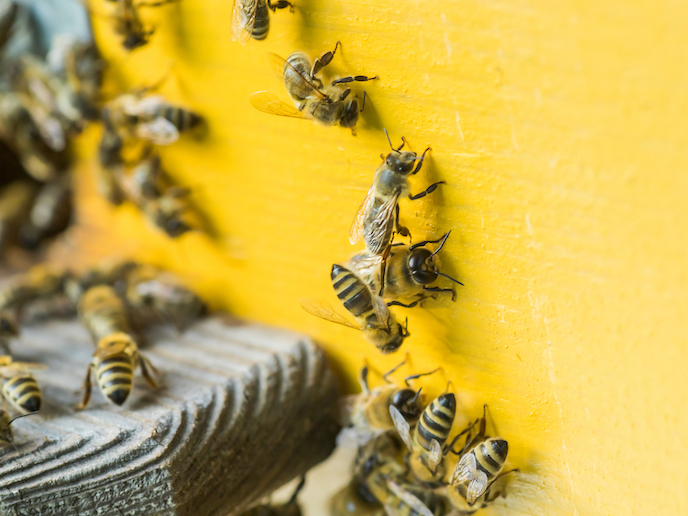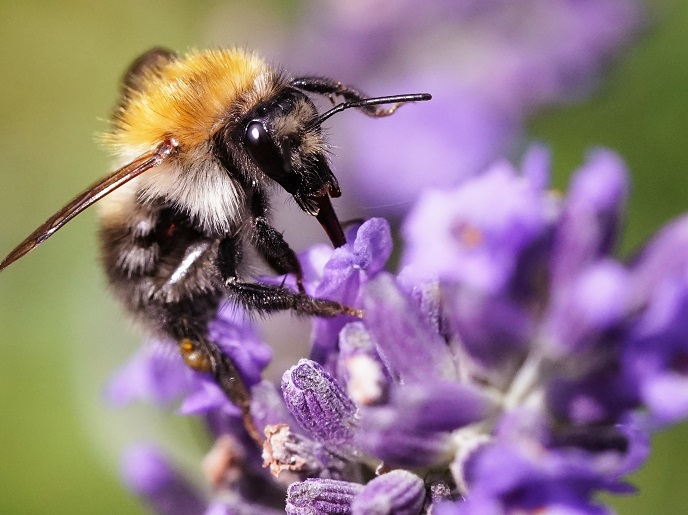Gut instinct: how the actions of bees are influenced by even smaller creatures
Microbes living in the gut are known to affect the neurophysiology and behaviour of their hosts. While mammalian microbiomes and their effects have been closely studied in recent years, much less is known about the gut microbiota-brain axis of insects, even those deemed economically important(opens in new window). To address this shortfall, the BRAIN project investigated interactions between microbes living in the gut of bees, and what effects these have. “Gut microbes can have a direct effect on brains, and can also modulate the behaviour of hosts,” says project coordinator Joanito Liberti, “but few studies have been carried out on the effects on social behaviour.”
Raised by hand
This is not the first time Liberti has studied insects: he previously used gene expression data to predict how insemination changed the neurophysiology of bees, and published a comparative analysis of bacterial symbionts across ants(opens in new window). Liberti chose bees, as these highly social insects can serve as a model for human societies. What’s more, bees lend themselves to studies of gut bacteria. “We can easily produce bees without a gut microbiome,” explains Liberti, “by taking pupae and incubating them away from the hive. Usually the newly emerged adults acquire it by interacting with other workers.” Because bee microbiomes are well-researched, all the symbionts can be grown in vitro, and the newly emerged adults inoculated with a blend of these microbes in their food. What’s more, with this approach differences due to genetics and age can be discounted because bees are all of the same age and come from the same hives.
Bee boards
To see the effects of these microbes, Liberti analysed gene expression in the brains of bees with and without a microbiome. “There are mild differences that seem to make sense in terms of the genes involved and where in the brain these effects are found,” he adds. The work was carried out at the University of Lausanne in Switzerland(opens in new window). To further understand how these changes in gene expression altered the behaviour of the bees, individuals were tagged with tiny squared labels, similar to QR codes 1.6 mm across, glued onto their thorax. An infrared camera was then used to track the bees as they moved around the experimental nest boxes. This camera recorded how frequently they interacted with other bees, for how long, and with which individuals, and how they moved through the boxes. “This produced a huge amount of data, several terabytes in fact,” explains Liberti. This data is still being analysed. “It was a really great environment, I was in the position of working with two departments with lots of colleagues, two great advisors and a lot of new collaborators.” Liberti says his goal now is to publish the findings from the experimental work, before seeking new funding to continue the next steps in his career.
Close collaboration
The research was carried out with the support of the Marie Skłodowska-Curie Actions programme(opens in new window). “Without this I would not be here, it gave me the opportunity to move from Copenhagen to Switzerland between research groups that are at the absolute cutting edge of their fields, which was a good step for my career,” notes Liberti.







